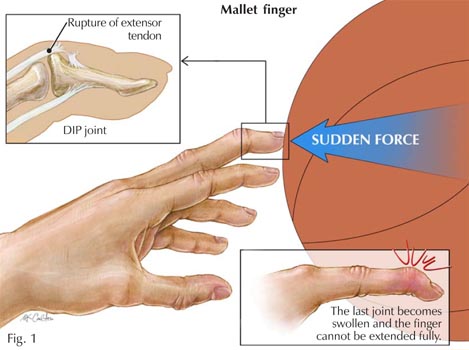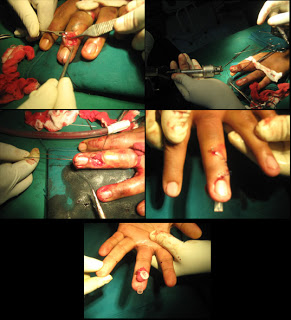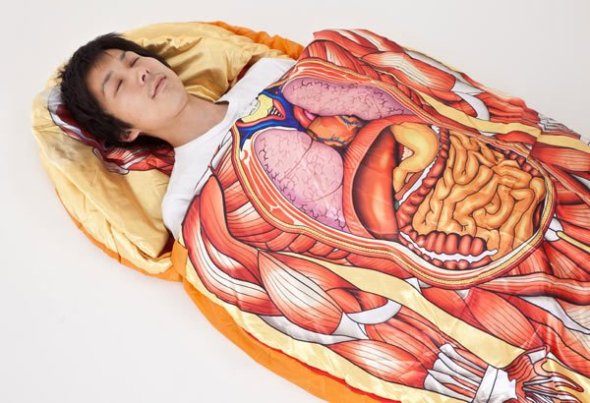 There’s one thing that porcupines will always do better than humans: having goosebumps. Ok, ok, we cannot raise our quills when threatened, simply because we do not have quills. But when we have goosebumps, our body hairs behave exactly in the same way as porcupine quills do. Cutis anserina, a definitely less catchy way to call it, consists in the formation of bumps on the skin. The curious thing is that this phenomenon is involuntary 🙂 let’s try to understand how this happens.
There’s one thing that porcupines will always do better than humans: having goosebumps. Ok, ok, we cannot raise our quills when threatened, simply because we do not have quills. But when we have goosebumps, our body hairs behave exactly in the same way as porcupine quills do. Cutis anserina, a definitely less catchy way to call it, consists in the formation of bumps on the skin. The curious thing is that this phenomenon is involuntary 🙂 let’s try to understand how this happens.
 A feeling of cold, a sudden strong emotion of fear, pleasure, euphoria and, yes, also sexual arousal… Our body reacts to all these events in the simplest way possible: trying to protect itself. And we cannot control it, since it’s a reflex (click here to read about another reflex typical of human body). In a previous post we learnt an interesting thing about human body thermoregulation: homeostasic processes (that we saw also here) always try to keep our Body Temperature (BT) of 37°C despite environment conditions. When outside it’s too cold, our energy losses get more important and our BT lowers too fast. We know that, for example, if we do some physical exercise (even a short run) we’ll warm up again quite fast. This is because the activation of muscles develops that energy needed to warm up the body and restore proper BT conditions. But when a sudden feeling of cold occurs, our skin receptors immediately send this information to the brain via the sympathetic nervous system. Our brain cannot wait for us to take a decision and, as previously said, automatically activates a protective action: shivering.
A feeling of cold, a sudden strong emotion of fear, pleasure, euphoria and, yes, also sexual arousal… Our body reacts to all these events in the simplest way possible: trying to protect itself. And we cannot control it, since it’s a reflex (click here to read about another reflex typical of human body). In a previous post we learnt an interesting thing about human body thermoregulation: homeostasic processes (that we saw also here) always try to keep our Body Temperature (BT) of 37°C despite environment conditions. When outside it’s too cold, our energy losses get more important and our BT lowers too fast. We know that, for example, if we do some physical exercise (even a short run) we’ll warm up again quite fast. This is because the activation of muscles develops that energy needed to warm up the body and restore proper BT conditions. But when a sudden feeling of cold occurs, our skin receptors immediately send this information to the brain via the sympathetic nervous system. Our brain cannot wait for us to take a decision and, as previously said, automatically activates a protective action: shivering.
By doing this, our muscles produce really fast contractions that we cannot control (don’t forget we’re always dealing with a reflex!).

The twitching movements of muscles produce heat, which helps to raise BT. The contraction of the arrector pili muscles, that are the tiny muscles at the base of each hair, pulls the hair erect. In that moment our body acts like that of a porcupine, even if the latter experiences this reflex when threatened (by appearing larger, the animal intimidates enemies).
In exactly the same way, if our jaw muscles begin to shiver, we start chattering our teeth. The mechanism is always the same: BT lowering is detected and an automatic response is activated to raise it up again. In an extremely stressful situation, it is possible to have goosebumps also after experiencing the so-called fight or flight response, when (from this webpage) “the sympathetic nervous system floods the blood with adrenaline (epinephrine), a hormone that speeds up heart rate, metabolism, and body temperature in the presence of extreme stress”. But this is another story that we’ll see later. For tonight, don’t forget to feed your porcupine with a wonderful home-made soup (possibly warm)!












